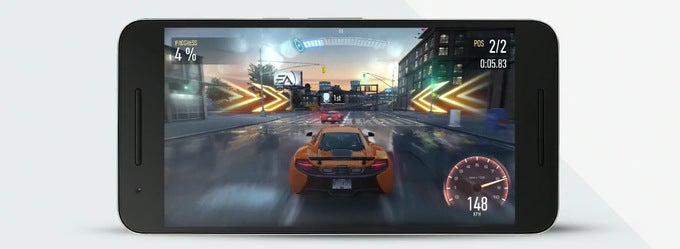Here's the difference Vulkan graphics in Android N make (game video demo)

It is one of those news that are nearly impossible to miss – the annual Google I/O developer conference is in full steam, and thousands of developers have gathered up in Mountain View, California to attend it. Even more – over 100,000 – were the people watching the event's opening keynote streamed live, and we can totally understand why interest was so great. In just about two hours, Google managed to wow the crowd by sharing a glimpse of what the future holds for its products and developments – apps, wearables, artificial intelligence, virtual reality, and, of course, Android N.
Scheduled to be released this fall, Android N adds a variety of productivity, security, and performance improvements, including native support for the Vulkan API. This would give developers direct control over the device's graphics processor. In turn, games taking advantage of the API can be made to look better – with motion blur, advanced reflections, water effects, and all other sorts of eye candy – without that having a detrimental effect on performance.
Now, we could probably dedicate a few more paragraphs on what Vulkan does, but perhaps it would be better to give you a more visual representation of it. This video, which appeared shortly after Google's presentation, compares side by side what a modern game looks without and with the API doing its thing. Check it out!
On a related note, Vulkan is already supported on the Galaxy S7 and Galaxy S7 edge, but the apps taking advantage of it are very, very few. Having the API baked natively into Android would make it accessible to a much broader range of devices, which should translate to more Vulkan-powered games coming in the future.
Console-quality graphics on mobile? It’s not just possible, it’s coming soon! #io16 #vulkanhttps://t.co/9Brk1L8yOv
— Google Play (@GooglePlay) May 18, 2016
source: @GooglePlay (Twitter)
Read more:
Follow us on Google News

















Things that are NOT allowed:
To help keep our community safe and free from spam, we apply temporary limits to newly created accounts: